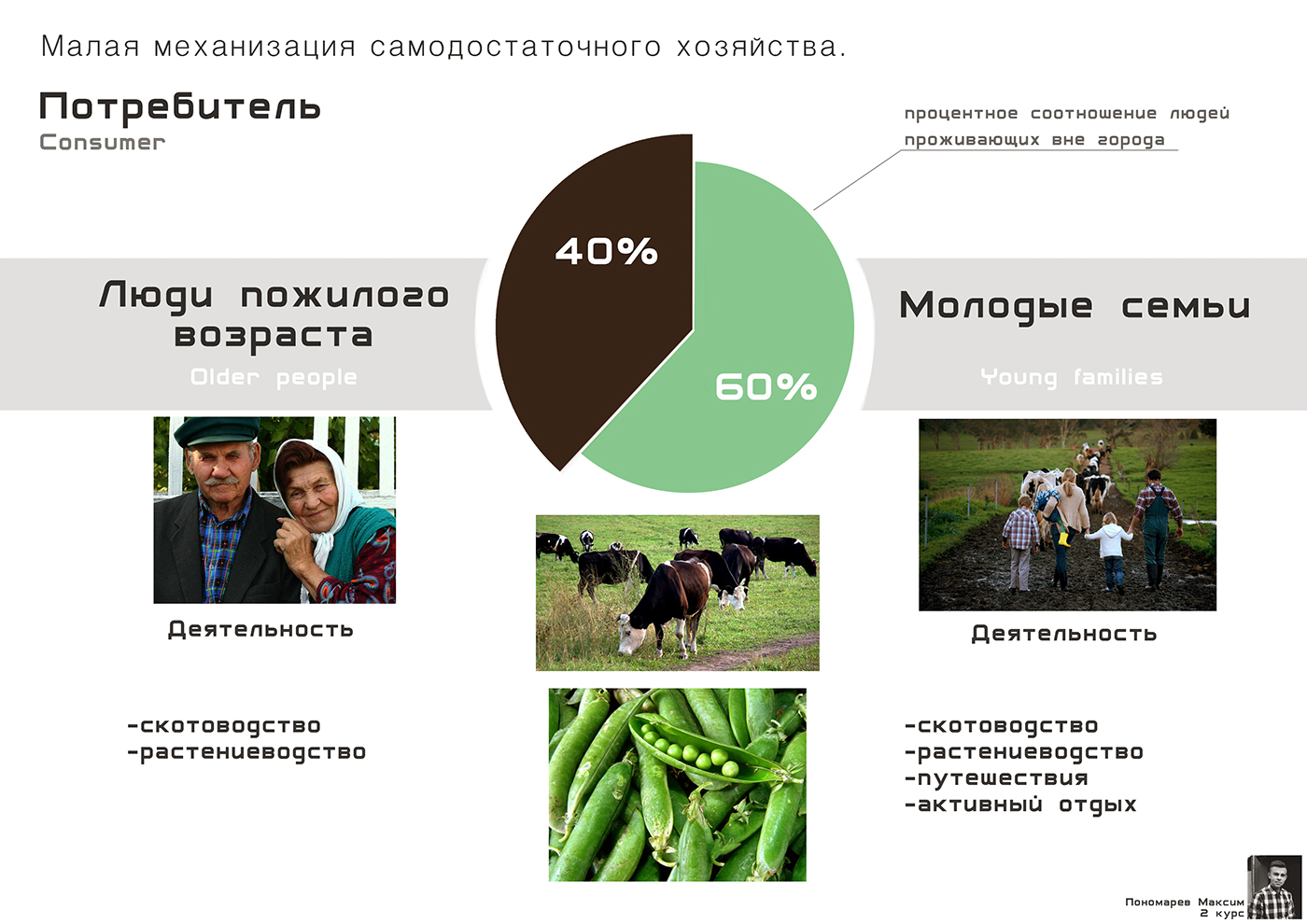Title: Leading Development through Family Farms: A Catalyst for Rural Revitalization
Family farms are the backbone of rural development, providing a stable source of income and employment for farmers and their families. However, in recent years, the decline of family farms has been a major concern for policymakers and researchers alike. To address this issue, many initiatives have been launched to promote family farming and support its growth. These include financial incentives, training programs, and regulatory reforms.One key approach is to provide farmers with access to capital, which can help them invest in modern equipment, infrastructure, and marketing. This not only improves their efficiency but also enhances their competitiveness in the market. Moreover, by investing in family farms, we can build a strong foundation for sustainable rural development.Another strategy is to provide training and education to farmers on best practices for sustainable agriculture. This includes topics such as crop rotation, soil management, and water conservation. By equipping farmers with the knowledge and skills they need to operate their farms efficiently, we can increase their profitability and resilience.Overall, promoting family farming is essential for rural revitalization. By supporting farmers and their families, we can create a more prosperous and sustainable rural economy that benefits everyone.
In recent years, the Chinese government has placed great emphasis on promoting rural development and revitalization. One of the most promising approaches is to encourage the establishment and expansion of family farms. Family farms, also known as small and medium-sized agricultural enterprises (SMEs), play a crucial role in driving economic growth, improving food security, and preserving cultural heritage in rural areas. This paper aims to explore the benefits of establishing family farms and discuss how they can be leveraged to promote sustainable rural development.
Firstly, family farms offer several advantages over large-scale commercial agriculture. They are typically smaller in scale but more efficient in terms of resource utilization and labor deployment. This allows them to compete with larger farms in terms of productivity while maintaining a lower cost structure. Moreover, family farms often have a closer relationship with local communities and can provide more personalized services to consumers, such as fresh and organic produce, farm-to-table tours, and educational programs. By offering unique value propositions that appeal to consumers' changing preferences, family farms can help to diversify rural economies and create new opportunities for entrepreneurship and innovation.
Secondly, family farms can contribute to food security by preserving traditional farming practices and promoting biodiversity. Many family farms rely on intercropping, crop rotation, and natural pest control methods that not only enhance the nutritional value of their products but also help to maintain soil health and prevent environmental degradation. In addition, family farms can play a key role in breeding rare or endangered species, protecting genetic resources, and promoting sustainable agriculture. By supporting these initiatives, family farms can help to ensure that future generations have access to healthy and nutritious food while safeguarding the ecological balance of rural landscapes.

Thirdly, family farms can serve as a driver of regional development by creating jobs, attracting investment, and fostering social cohesion. According to the Chinese Ministry of Agriculture and Rural Affairs, family farms accounted for about 80% of all agricultural employment in China in 2019. By providing employment opportunities for local residents, family farms can help to reduce labor migration pressure and improve living standards in rural areas. Furthermore, family farms can attract private sector investment by leveraging the unique characteristics of their operations and developing innovative solutions to address market challenges. For example, some family farms have embraced e-commerce platforms to reach wider audiences and increase sales. Others have partnered with research institutions or universities to develop new crop varieties or processing techniques that meet the demands of global markets. These partnerships can foster knowledge exchange, technological transfer, and intellectual property protection, thereby promoting industrial upgrading and innovation in rural areas.
However, there are also challenges that need to be overcome if family farms are to realize their full potential as a catalyst for rural development. One major obstacle is the lack of access to credit, insurance, and other financial services that are essential for sustaining and scaling up business operations. To tackle this issue, the government should work with financial institutions, non-governmental organizations, and other stakeholders to develop tailored financing schemes that cater to the needs of family farmers. For example, some banks are already piloting microloan programs that allow farmers to borrow small amounts of money at low interest rates without collateral or collateral requirements. Other options include crowdsourcing platforms, asset verification systems, or risk pooling mechanisms that enable investors to share the risks associated with lending to farmers who may have limited credit history or collateral.

Another challenge is the need for better infrastructure and policy support for family farms. While some regions have made significant progress in upgrading roads, bridges, water supply systems, waste treatment facilities, and other basic infrastructure, many rural areas still face significant challenges in terms of connectivity, reliability, and sustainability. To address this issue, the government should adopt a holistic approach that combines public and private investments to build a comprehensive network of rural infrastructure that supports family farming activities. For example, the government could provide subsidies or tax incentives for farmers who invest in building storage facilities, renewable energy sources, or irrigation systems that conserve water resources or reduce emissions. It could also establish regulatory frameworks that ensure fair competition among different types of agriculture businesses while protecting the rights and interests of small farmers.
Finally, it is crucial to promote public awareness and appreciation of family farms as valuable contributors to rural development. Despite their growing importance in China's agricultural sector and society at large, many people still view family farms as inferior or outdated forms of agriculture that do not match up to modern production methods or consumer expectations. To change this perception, various channels such as media campaigns, education programs, and cultural events can be used to highlight the distinctive features and achievements of family farms. By showcasing the creativity, resilience, and social responsibility of family farmers, these campaigns can help to build a positive image of rural life and reinforce the importance of supporting small-scale agriculture in achieving sustainable development goals.

In conclusion, family farms represent a promising avenue for promoting rural development and ensuring food security in China's rapidly evolving economy. By leveraging their unique strengths and capabilities, family farmers can drive economic growth, preserve cultural heritage
Articles related to the knowledge points of this article::
Title: A Lost Tie - A Nightmare Turned into a Lesson in Responsibility
The Perfect Tie Color for a Black Shirt
Title: The Intricate Construction of Poirot Tie Knots: A Masterclass in Mens Fashion
Title: The Stylish and Compelling Outfit of a Gray shirt Paired with a Red Tie



